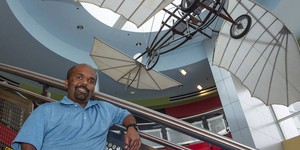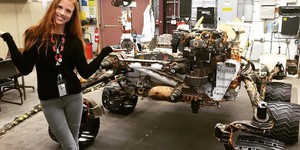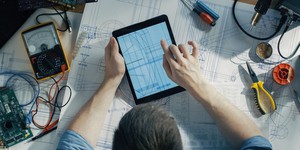Summary
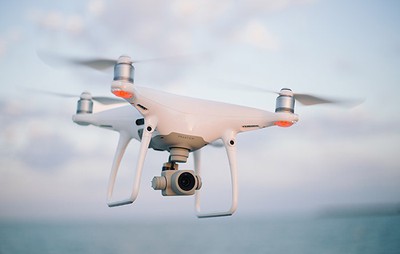
If you want a Project Idea with full instructions, please pick one without an asterisk (*) at the end of the title.
Abstract
- Drones are a lot of fun to fly, but they can be dangerous if not used responsibly. Local, state, and federal regulations about recreational use of drones may vary based on your location or change over time. For example, you may be required to register your drone, or be prohibited from flying it in certain locations (like near an airport or over a crowd of people). Before you do a science project with a drone, ask an adult to help you find out about the applicable laws in your area. Start by checking the Federal Aviation Administration's website for recreational drone operators: https://www.faa.gov/uas/recreational_flyers.
Drones, also called unmanned aerial vehicles (UAVs), have become incredibly popular as gifts and toys. Of course, you could always buy a drone, but if you want to tackle a challenging engineering project, you could build your own!
Technically, UAV refers to any flying vehicle that does not have a human pilot onboard. Quadcopters, or helicopter-like drones with four propellers, are the most popular with consumers (Figure 1), but this also includes airplane-shaped drones (Figure 2). Some consumer drones have high-quality onboard cameras and are used for professional photography and videography. They may include advanced features like automatic path-following, tracking a subject, or use of GPS to return to a landing location. Other smaller, cheaper drones do not have cameras at all, and lack most automatic navigation features.
If you want to build your own drone, you might want to start with the basics. At a minimum, most quadcopters have an on-board flight controller for stabilization. This controller constantly adjusts the speed of the four rotors to keep the drone level. This lets the human pilot focus on steering the drone without having to worry that it will flip over and crash. Can you design, build, and fly your own basic drone from scratch? Can you add more-advanced features like a camera or sensors for obstacle avoidance or navigation? What about optimizing the drone for different flight parameters, like maximum speed or flight duration? The possibilities are endless!
The Bibliography section of this project has three guides that you can refer to if you want to get started building your own drone. There will be many choices to make along the way, so you may want to review the Science Buddies Engineering Design Process guide to help you make decisions as you design and build your drone.

Figure 1. A DJI Phantom, a popular type of consumer drone.
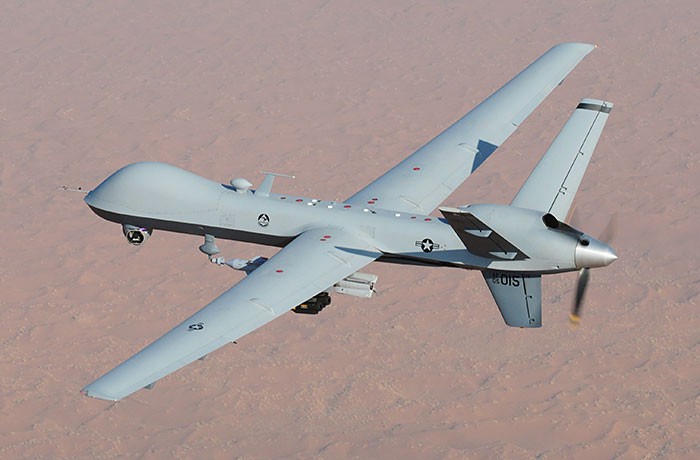 Image Credit: Lt. Col. Leslie Pratt / Public domain
Image Credit: Lt. Col. Leslie Pratt / Public domain
Figure 2. A Reaper drone.
Bibliography
- Brown, J. (n.d.). How to Build a Drone: Construct Your Drone from Scratch. Retrieved February 8, 2021.
- English, T. (2020, April 30). DIY drone: Learn How to Build Your Own Quadcopter Drone. Retrieved February 8, 2021.
- Drone Nodes (n.d.). How to Build an FPV Drone. Retrieved February 8, 2021.
Ask an Expert
Global Connections
The United Nations Sustainable Development Goals (UNSDGs) are a blueprint to achieve a better and more sustainable future for all.
Careers
If you like this project, you might enjoy exploring these related careers:


